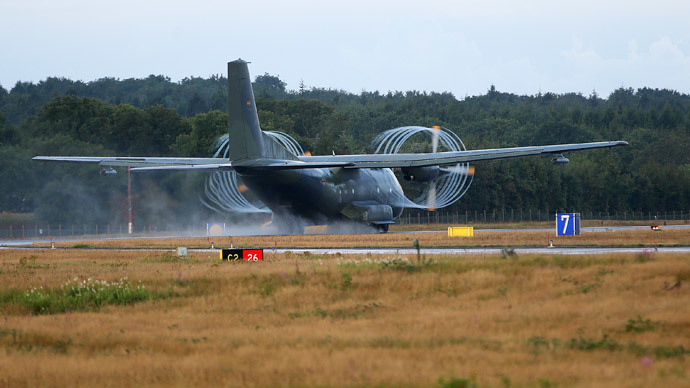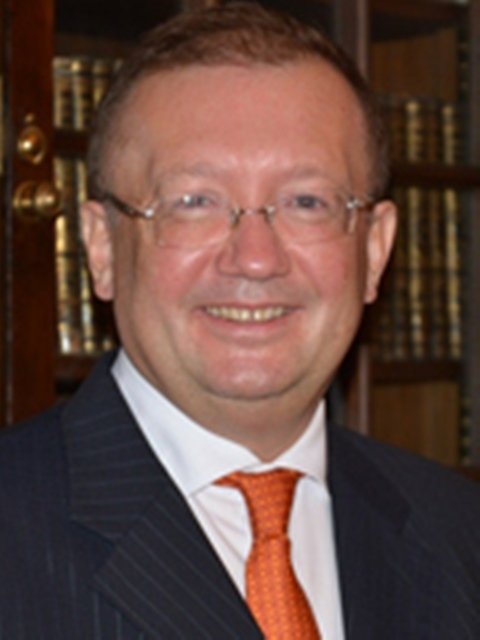NATO-Russia jet scrambling hysteria: Who is the real threat?

The British media frenzy following Defense Secretary Michael Fallon’s accusation that Russia is preparing an attack against the Baltic States warrants some clarifications on the actual scope of both Russian and NATO air forces activities.
Regarding Russia, its strategic bombers do regularly fly to remote geographical areas and will continue to do so. This is necessary in terms of training flight personnel and verifying aircraft capabilities.
All flights are carried out in strict accordance with international regulations regarding the use of airspace. Aircraft fly over the high seas without entering the airspace and thus violating the borders of other states, a fact that can be confirmed by radar data in each case. Flights of Russian military aircraft are almost always accompanied by jets from NATO countries and their partners. This is standard procedure, and the level of public concern regarding the latest incidents involving Russian aircraft in the vicinity of British airspace have been blown vastly out of proportion.
READ MORE: RAF scrambles Typhoons to intercept giant ‘Russian Bear’ bombers off Cornwall
Meanwhile, the military activity of NATO aircraft on Russia’s borders is far more intense. Starting from 2014, the intensity of operations of NATO reconnaissance planes over the territory of the Baltic countries and the Baltic and Barents Seas, all of which are in close proximity to Russia’s borders, has increased significantly and account for roughly 8-12 sorties per week. US Air Force RC-135s conduct operations on an almost daily basis: more than 140 sorties in 2014, compared to 22 in 2013. Spy planes from Sweden, Germany, Denmark and Portugal (the latter's aircraft are temporarily based in Lithuania) regularly monitor the activities of the Russian armed forces in the Kaliningrad Region and over the Baltic Sea.
The picture is similar in the Black Sea area: AWACS aircraft are actively used from air force bases in Germany, Turkey and Greece, and sometimes even from the UK and France.
These aircraft have increased the intensity of their duty in Romanian and Polish airspace from two sorties per month in January/February 2014 to 40-60 monthly since March 2014. The total number of sorties in March - December 2014 reached 460, compared to just 20 over the same period in 2013.
READ MORE: EU ‘sleepwalked’ into Ukraine crisis due to poor understanding of Russia - UK Lords
The number of tactical fighter jets permanently based in the Baltic States in order to patrol their airspace has increased from 4 to 14. They represent the air forces of Canada, Portugal and Germany. The two Dutch, two British and two Canadian jets stationed in Poland and Romania have been reinforced on a rotating basis by US/NATO squadrons of up to 12 warplanes.
Overall, the number of sorties of NATO tactical warplanes near Russian and Belarusian borders has doubled in 2014 compared with 2013, having reached 3,000. By way of comparison, over the same period, Russian reconnaissance aircraft carried out just over 200 sorties over the Baltic Sea area, compared to 125 sorties in 2013.
It is difficult to avoid the impression of NATO persistently increasing its military capabilities in its eastern member states. Allegations of a “Russian threat” are a convenient pretext for these activities. The question remains open whether their actual aim is just to ensure high military spending and a good level of “Euro-Atlantic solidarity”, or if they are laying the grounds for some aggressive actions against Russian interests. The growing disparity between the actual situation and the official rhetoric of some Western leaders is not helpful for restoring trust, which is probably the primary victim of the current crisis in Russia-West relations.
The statements, views and opinions expressed in this column are solely those of the author and do not necessarily represent those of RT.
The statements, views and opinions expressed in this column are solely those of the author and do not necessarily represent those of RT.













